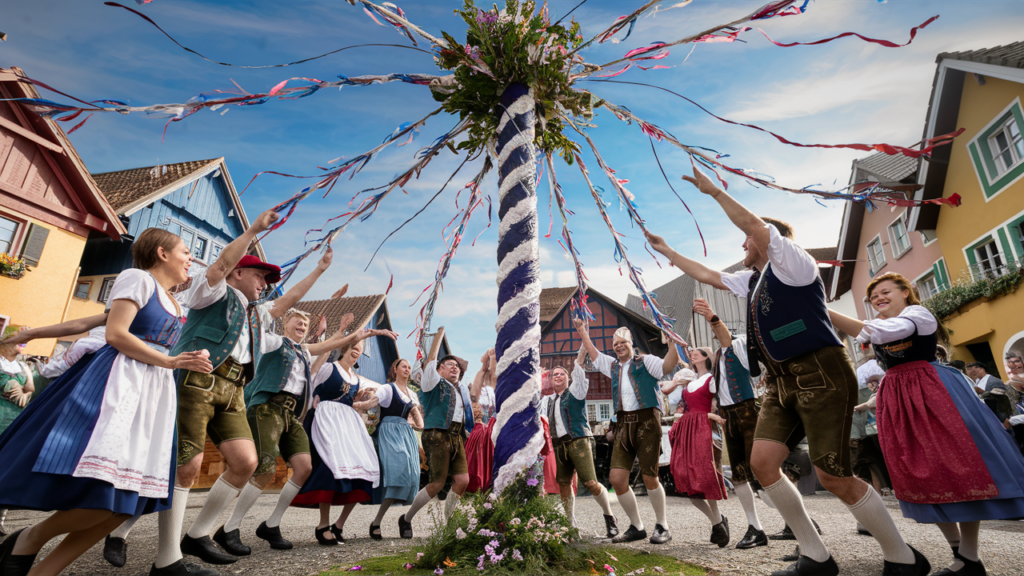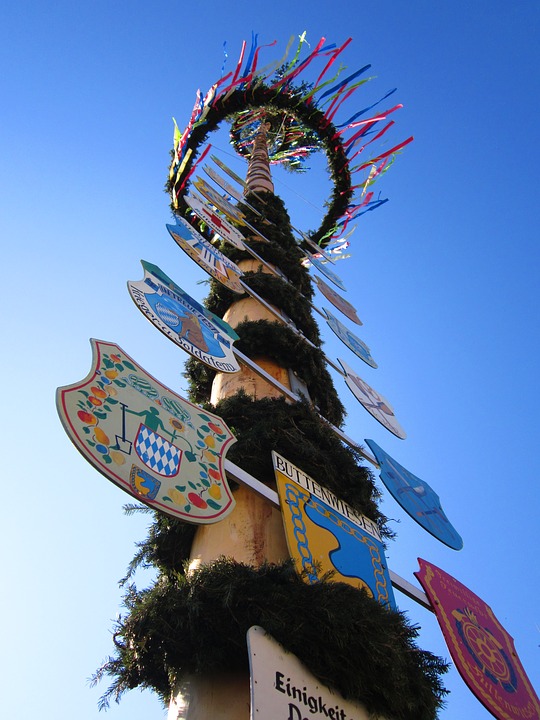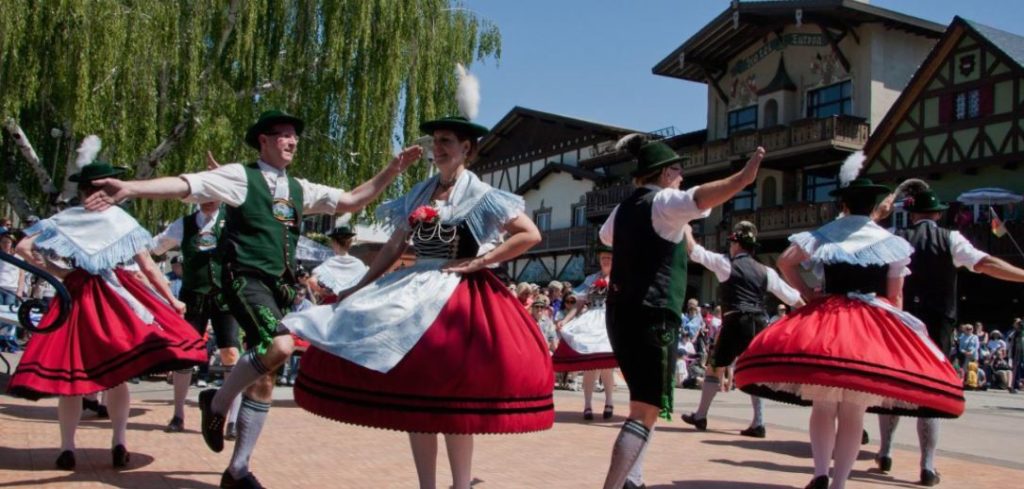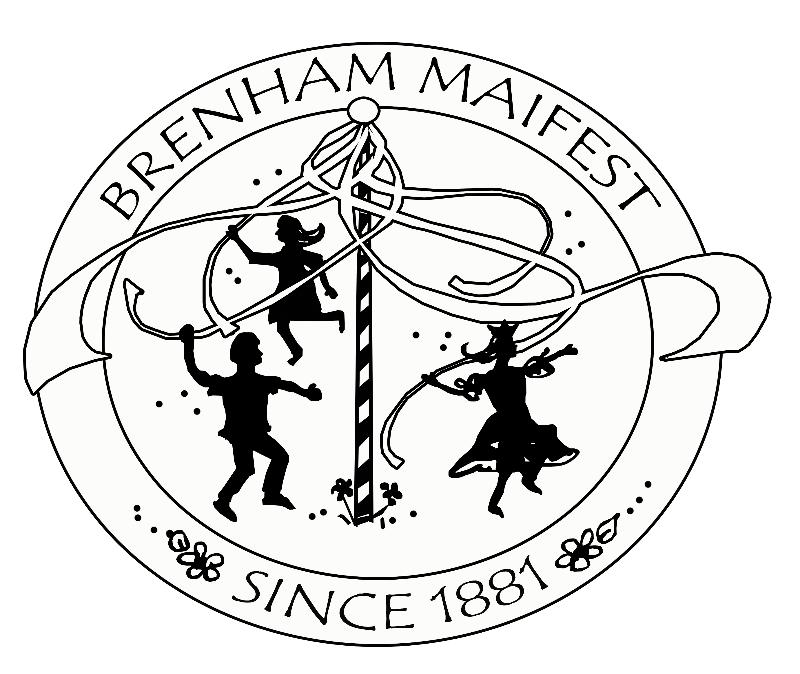Celebrating Spring’s Arrival With Maifest Delights
As the whispers of winter fade and spring bursts forth in a vibrant display of color, Germany and German communities worldwide come alive with a joyous celebration – Maifest, or May Day.

This festive tradition, held annually on May 1st, marks the arrival of spring with lively music, delicious food, and a symbolic dance around the Maibaum (Maypole). This article delves into the rich history of Maifest, explores its symbolism and traditions, and delves into how German-American communities across the USA recreate this vibrant celebration.
A Tapestry of History: Unveiling the Roots of Maifest
The origins of Maifest stretch back centuries, weaving together ancient Celtic traditions with later Germanic customs. Here’s a glimpse into the historical roots of this beloved spring festival:
- Celtic Roots: The Celts, who celebrated Beltane on May 1st, marked the beginning of summer with bonfires and rituals honoring fertility and growth. These traditions laid the groundwork for later spring celebrations in Europe.
- Germanic Customs: For Germanic tribes, May 1st marked the beginning of the pastoral season. They celebrated with bonfires, feasting, and offerings to deities associated with fertility and agriculture.
- Christianization: With the arrival of Christianity, May 1st became associated with Saints Philip and James. However, many of the older pagan customs remained intertwined, creating a unique blend of traditions within Maifest celebrations.
The Symbolism of the Maibaum: A Centerpiece of Maifest
The Maibaum, a tall decorated pole often made of spruce or pine, is the central symbol of Maifest. It’s more than just a decorative element; it’s imbued with rich symbolism:

- Fertility and Growth: The tall, straight pole represents the burgeoning life force of spring. The greenery adorning it symbolizes the new life and growth associated with the season.
- Community Spirit: The Maibaum, often erected by the entire community, represents unity and collective celebration. The act of raising it together signifies the strength and cooperation within the community.
- Warding Off Evil: Traditionally, the Maibaum was believed to ward off evil spirits and protect the community from misfortune. The colorful decorations and the act of raising it served as a symbolic act of protection.
Wrapping the Maibaum: A Skillful Tradition
The Maibaum isn’t just erected; it’s elaborately decorated. Here’s a glimpse into the traditional method of wrapping the Maibaum:
- Spiral Decorations: Strips of birch bark or colorful ribbons are spiraled upwards around the pole, creating a vibrant and visually stunning effect.
- Symbolic Elements: Wreaths of greenery, flowers, and sometimes even small symbols like heraldic shields are incorporated into the wrapping.
- A Skilled Task: Wrapping the Maibaum is often considered a skilled task, often undertaken by experienced individuals or community groups who have honed their technique over the years which adds to the symbolism and visual appeal of the Maibaum.



 Source: @ Reed Carlson
Source: @ Reed Carlson
